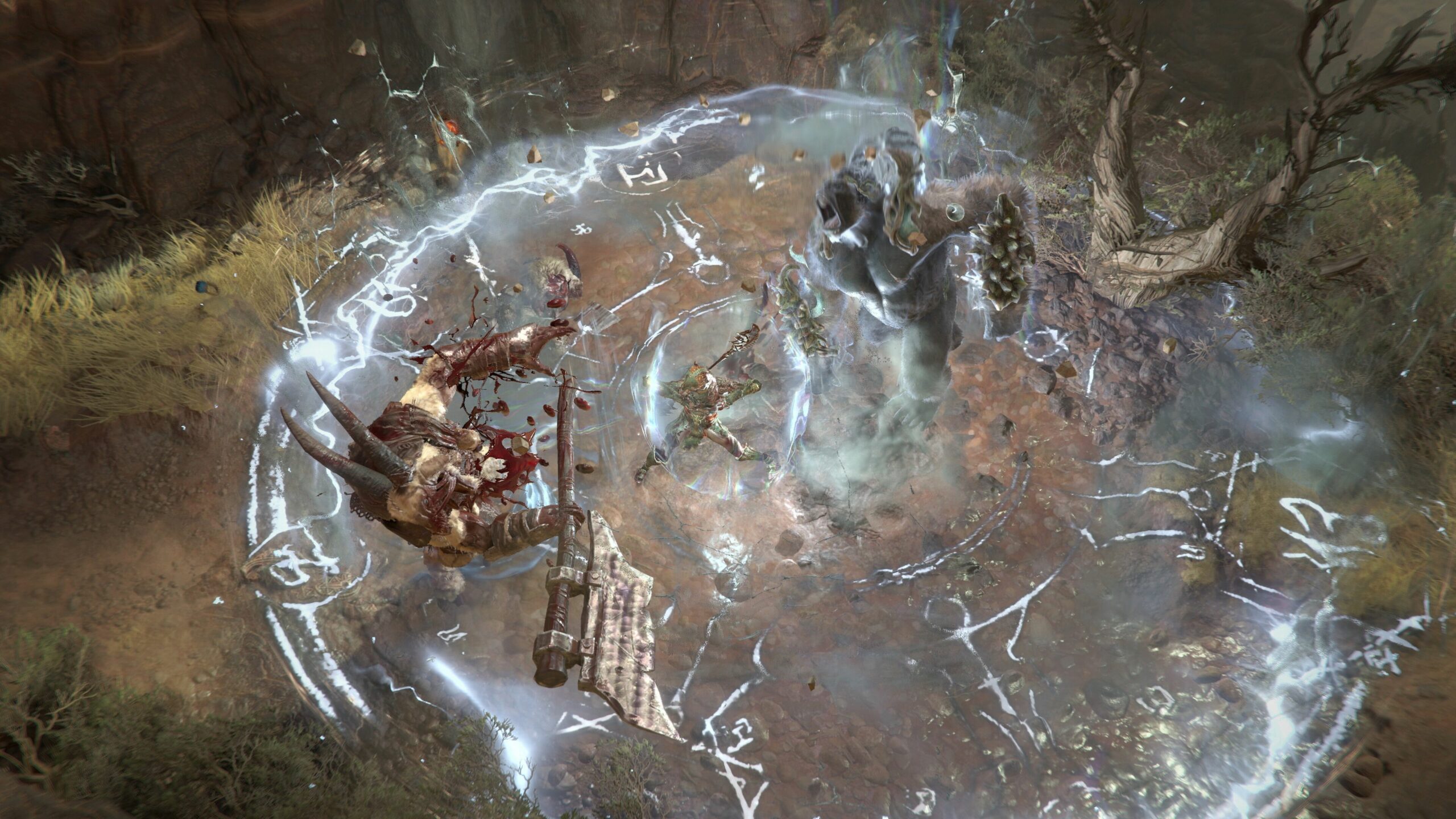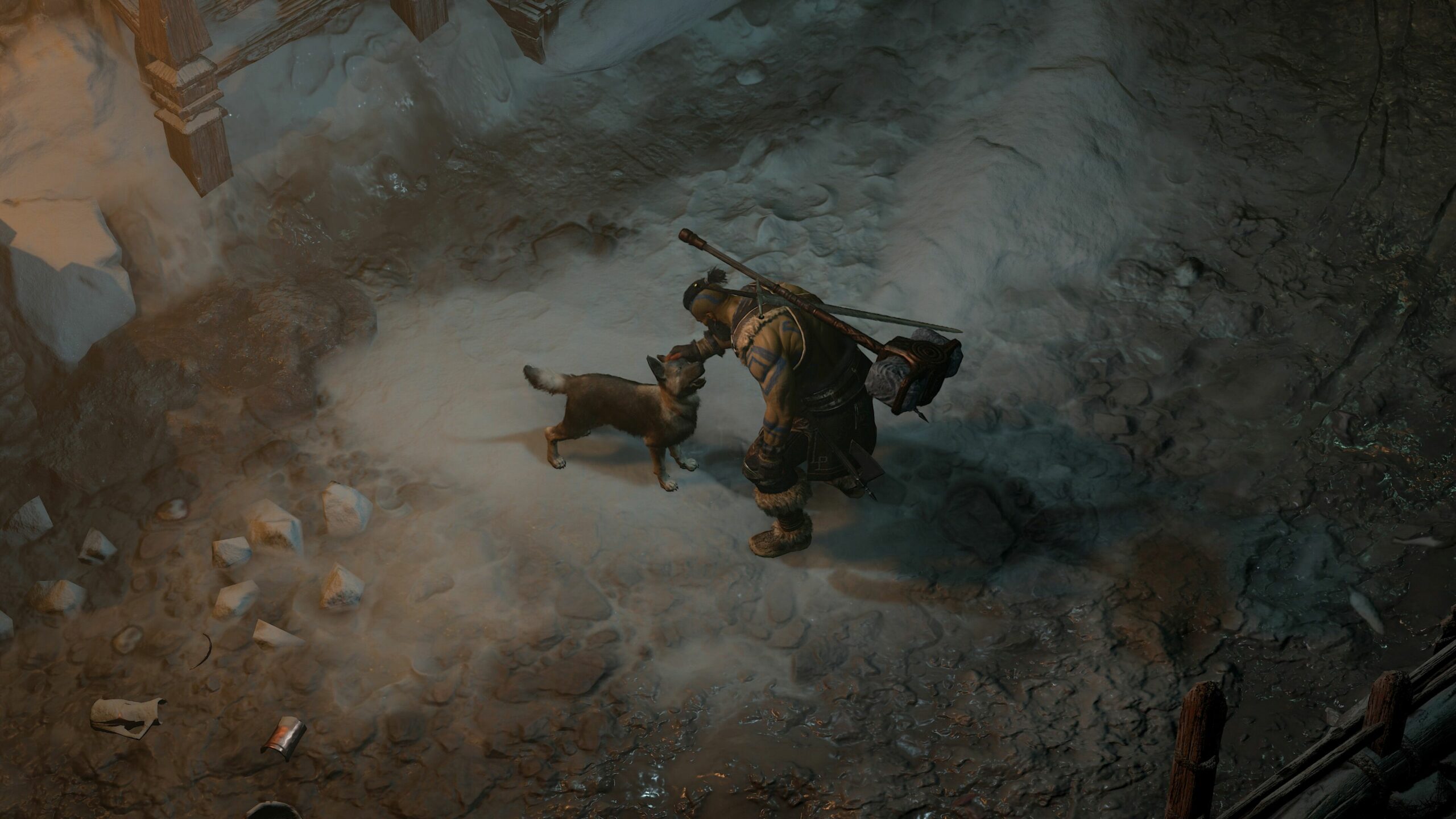Diablo IV: Vessel of Hatred Review
Whether you date it to the beginning in 1972 with Pong, or in 1980 with Pac-Man, this history of video games is by now substantial. And when it’s told, that history has to include developer Blizzard. The company’s flagship titles — WarCraft, StarCraft, and Diablo — have defined the MMORPG, real-time strategy, and ARPG genres for decades. Blizzard has never been the originator of a genre, but instead embraces an idea and reveals its potential. This is certainly true of Diablo, which set the template for isometric action RPGs that is still the standard. Diablo II was — and remains — an unassailable, heavy metal masterpiece, but Blizzard has struggled with the franchise ever since. Studio controversies, technical issues, and design missteps have made Diablo synonymous, at least for some, with disappointment. Diablo IV was not an unqualified success but managed to win back many gamers despite a rocky launch. Diablo IV’s first expansion is Vessel of Hatred. Safe to say, there’s a lot riding on it doing well.
If you’re already a deeply invested fan of Diablo IV, one of those gamers who go to conventions dressed as Mephisto or named your kid Lilith, there’s a lot to love about Vessel of Hatred. If you’re a Diablo IV skeptic-slash-hater, you might find a few things to fuel your continued ire. But most of us are in the middle, and will find Vessel of Hatred a substantial and generally rewarding expansion.
Come for the Action, Stay for the Story
If there’s one thing that both fans and skeptics can agree on, it’s that Blizzard’s cinematics, narratives, lore, characters, and acting are top-tier. Good storytelling remains rare In the genre, but not here. Even if a bit convoluted, Diablo’s decades-long epic of good and evil remains compelling. Enough so that Vessel of Hatred’s story is worth experiencing spoiler-free. However, the premise is simple enough and already known. At the end of Diablo IV’s campaign and epic battle with Lilith, Nayrelle captured Mephisto’s supernatural essence in a Soulstone. She’s disappeared with the Soulstone into the jungles of Nahantu and your first task is to find her.
Like all ARPGs, the core of Diablo IV and Vessel of Hatred is killing monsters with cool weapons and magic. That this mission is supported by an engaging and even at times profound story is a bonus. Best of all, Vessel of Hatred is almost immediately accessible to new players, requiring they only play through the base game’s short prologue. There’s a recap of the story so far for those who need it. For returning players, the expansion is an obviously excellent way to start yet another new game, with the new Spiritborn class.

The Art of Darkness
The star of the show is the game’s new region, Nahantu, a dense, multilayered jungle and contrasting painted desert. Nahantu is in places lush, green, and alive with menace. Elsewhere it is black with corruption and heavy with evil. Nahantu isn’t the first time Diablo has explored a jungle setting, but since Diablo 2’s zones Spider Marsh and Slayer Forest, fans have waited for a return.
They won’t be disappointed by Nahantu’s absurd level of intricate detail, winding paths, or its canopy-to-jungle-floor verticality. The jungle theme generates a wide range of new enemy factions inhabited by snakes, crocodiles, and insects in various combinations and monstrous distortions. In one section, the corrupted ruined dungeons of Nahantu inspire a new quest mechanic of moving through darkness and lighting spirit-burning lamps.
Overall, Nahantu is a striking region that fills in Sanctuary’s map in an interesting way. Like the base game, it’s absolutely dense with enemies that swarm in sometimes overwhelming numbers. Battles devolve into swirling masses of movement, color, and effects. That’s not a criticism, it’s simply Diablo. It’s what players expect. However, anyone hoping for a change in pace will be disappointed. Instead, they will find creative new monsters and a beautifully dangerous new world.
Pick a Merc, Any Merc
Aside from the region of Nahantu and a boatload of small tweaks and changes, Vessel of Darkness introduces two significant additions to the base game. Spiritborn is a shaman-inspired, martial arts, dual blade, and staff-wielding new class. In addition to being athletic and mobile, Spiritborn characters can summon one of four Spirit Guardian animals: Centipede, Jaguar, Gorilla, and Eagle, each with a deep skill tree and specific strengths. Using the Spirit Hall, the Spiritborn can also synergize with the Spirit Guardians and assume some of their powers. I played through the expansion with a new Spiritborn and really enjoyed its ever-growing range of fighting styles, Spirit Guardian abilities, and flashy new effects.

The other big change that comes with Vessel of Hatred is the addition of Pale Hand Mercenaries. Early in the campaign, players unlock the Den, which allows them to hire one of four allies: Raheir, Varyana, Subo, and Aldkin. Aside from Raheir, who is folded into the main quest, each Mercenary has their own side quest needed to unlock them. Naturally, each merc has their own skill tree and additional perks that come with extended time aside from the player. All of the mercenaries are extremely useful and viable in combat. NPC allies aren’t a new idea. Still, pairing the player’s build with that of their Mercenary adds a lot of new depth.
But Wait, There’s More
Aside from a significant amount of new gameplay, story, monsters, and gear, Vessel of Hatred includes some features that extend the experience. The Dark Citadel is a 2-4 player cooperative, multistage dungeon. The Dark Citadel is playable after the expansion’s campaign. Completing runs of the Dark Citadel earns caches of new loot and cosmetics. The Kurask Undercity is a standalone dungeon. It brings a new mechanic called Spirit Tributes that the player can apply to shape the quality of rewards. The list of base game changes is long. Just a few highlights include a new level cap of 60 and a new Runeword mechanic that adds temporary buffs and abilities, plus changes to difficulty settings, new class skills, updated Glyphs, and an improved Party Finder.

When everything’s clicking, Vessel of Hatred’s gloriously grimdark art direction, dramatic, exotic musical score, and furious action can be exhilarating. But it seems like Diablo always comes with some initial rough edges and the expansion doesn’t buck the trend. The review build came with some bugged quests and incompatibilities with Nvidia 40 series cards. In some locations, ray tracing had to be disabled in order to avoid crashes. Obviously, these will be addressed before launch. If not, the usual Diablo naysayers will have fuel for their negativity.

Rumble in the Jungle
Vessel of Hatred’s campaign, new region, new class, and new cooperative dungeon all significantly extend the base game’s appeal and depth. If you don’t already enjoy the near-constant, frenetic, often exhilarating, sometimes exhausting combat, Vessel of Hatred isn’t going to win you over no matter how impressive it often is. The expansion contains some of the best content the developer has released and should satisfy both casual and hardcore fans of Diablo IV.
***PC code provided by the publisher for review***
The Good
- Fun new class and mercenaries
- Beautiful and intricate art
- Excellent cinematics and story
- Lots of small changes
- New co-op dungeon
The Bad
- Crash bugs and other issues
- Combat can get repetitive
- Can be very challenging at times

